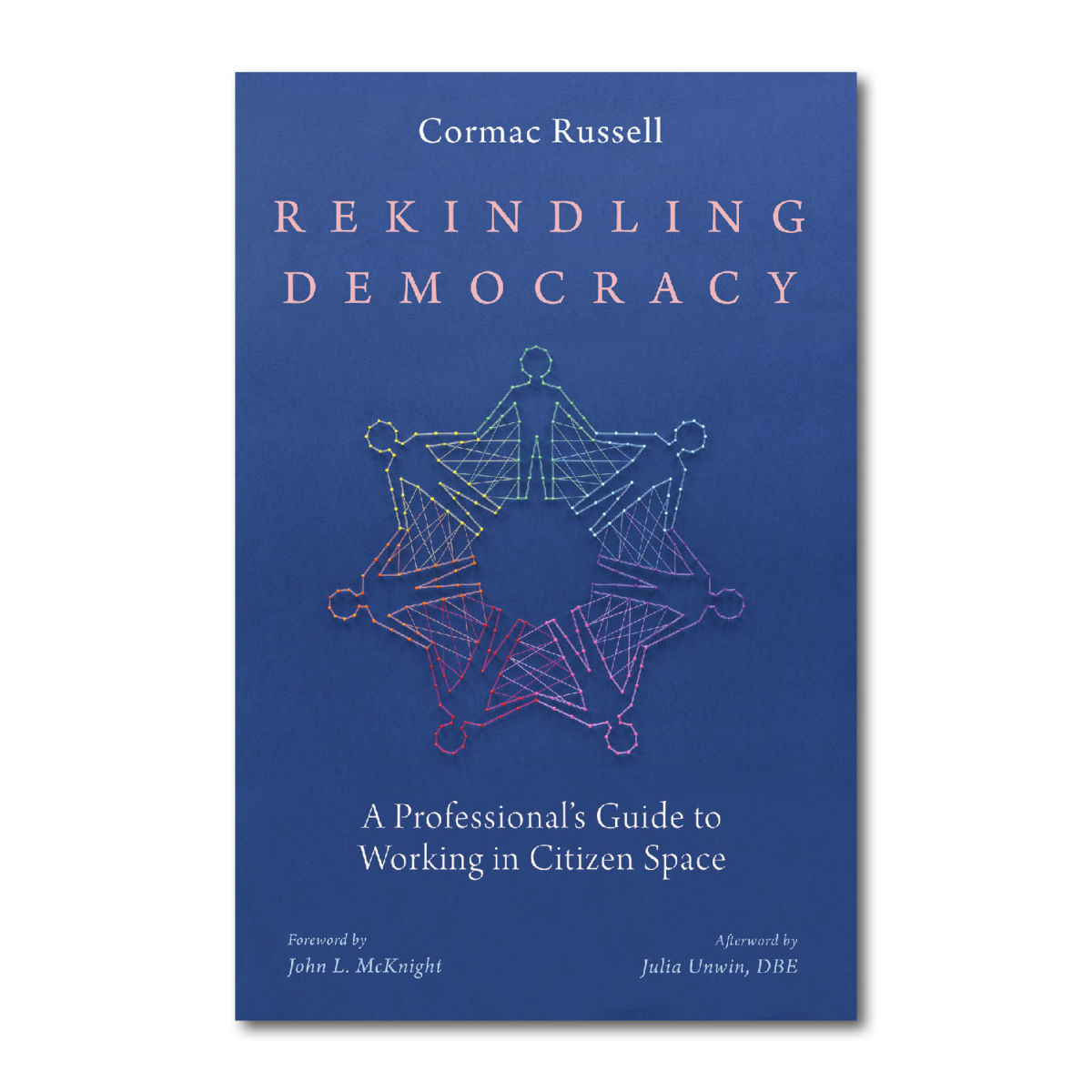
Kettering Foundation Review of Rekindling Democracy
The author focuses on rebuilding democracy from the asset-based community development (ABCD) perspective. ABCD builds on what is already present within a community; citizens are collectively being responsible for one another’s well-being. The five principles of the ABCD approach are that actions are citizen-led, relationship-oriented, asset-based, place-based, and
inclusion-focused. By using their primary assets first, communities become confident that when an issue arises, they can look inward for the solution instead of being “supine, deficient, passive clients of institutional, top-down change” (23).
However, Russell posits that “power to the people” campaigns are “not always the best tool for a given job” (130). He believes that a better approach is “power from the people” (130), which reinforces ABCD practices. A community decides whether the assets they have can fix the issue, then go from there. Power comes from them instead of being given to them. Russell proposes that in order for citizen-centered democracy to prosper, a new approach must be implemented: “We must nurture a new space for bottom-up, citizen-led action for the things that are done collectively . . . BY citizens acting as co-creators, mutual makers, and coproducers with their neighbours” (155). In this BY space, ABCD practices are implemented and things are done by communities for communities in a bottom-up approach. Here, citizen-centered democracy grows.
With this approach in mind, the author provides seven community-building principles, which are meant to support citizen-led work in the BY space. The principles are: Find a Local Host; Start by Making the Invisible Visible; Don’t Be Helpful, Be Interested; Effective Community Building Goes at the Speed of Trust; Start With What’s Strong to Address What’s Wrong; The Vital Role of Connectors; The Optimum Population Size of a Neighbourhood Is 3000-5000
Residents; and The Focus Is on Growing a Culture of Community, Not Converting People to Asset-Based Community Development.
A citizen-centered democracy that works from the bottom-up with ABCD practices must be built upon the relationship between institutions and communities, where citizens decide what help they need in a participatory setting and there are proportional responses given to each particular situation instead of an all-or-nothing approach.
Abstracted by Camryn Wilson
Shared with permission from Kettering Foundation. Appeared originally in Kettering Foundation, Dayton Days Research Memo, December 2020.

Colleen Kelly-Jansen
I am just reading Cormac’s book – it really does resonate how we have and continue to build large systems of support with the best of intentions but by doing so have lost much of the guiding principles of how the Community Living Movement started. All leaders should read and reflect on Cormac’s 5 principles of the ABCD approach.
Cormac Russell
Many thanks for taking the time to share your reflections, Colleen. I am delighted to hear my book is resonating. I very much appreciate your kind words. Warm wishes, Cormac